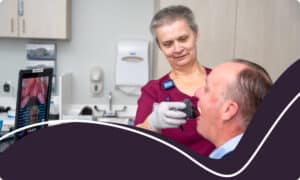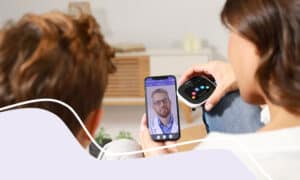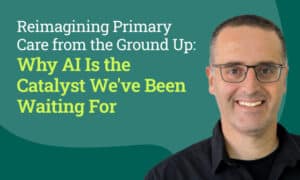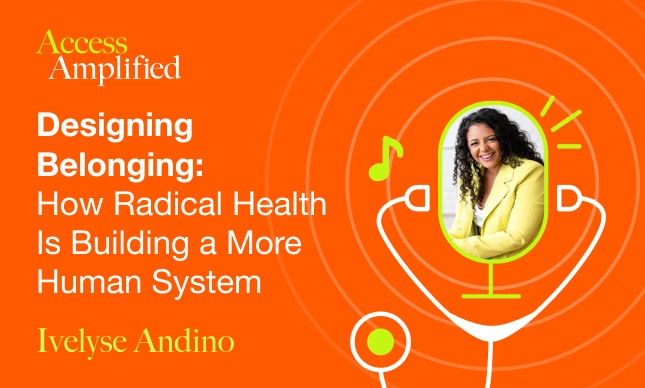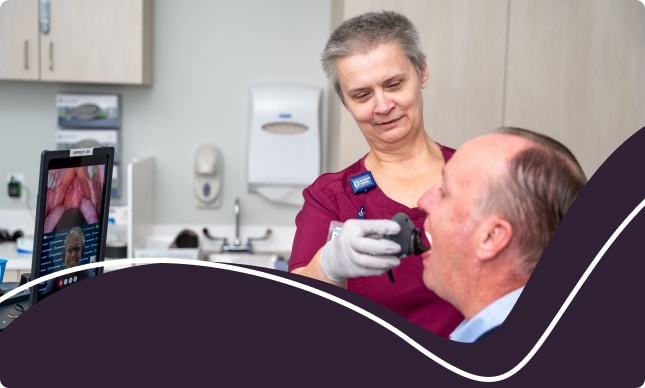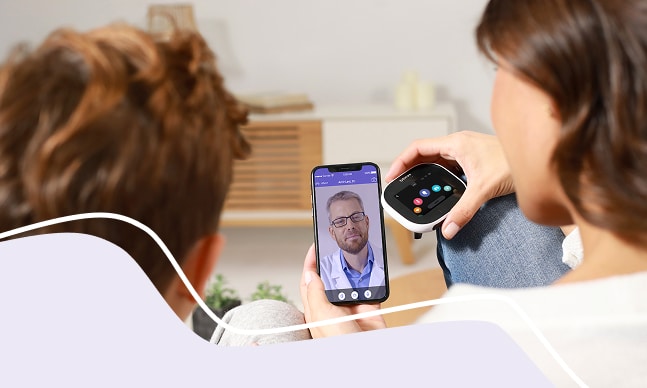Driving Rural Health Transformation with Hybrid Remote Clinics

Addressing the realities of rural healthcare access
Across the United States, rural communities continue to face significant challenges in accessing timely, high-quality healthcare. Long travel distances, limited staffing, and constrained resources contribute to disparities in care that affect millions of people. These challenges are not new, but they are increasingly urgent as rural hospitals and clinics work to sustain services in the face of workforce shortages and rising demand.
In response, various federal and state-level initiatives, including the proposed Rural Health Transformation (RHT) Fund, have drawn attention to the need for durable, scalable solutions. While policy frameworks will continue to evolve, one thing remains consistent: the importance of practical approaches that improve access to care and make the best use of existing resources.
Evolving approaches to rural healthcare delivery
Efforts to strengthen rural healthcare generally focus on a set of recurring priorities:
- Supporting the rural clinical workforce
- Modernizing care delivery through new models and technologies
- Expanding access to high-quality local care
- Improving chronic disease management and prevention
These objectives are widely shared by health systems, community clinics, and policymakers alike. Regardless of funding source, progress depends on solutions that are clinically sound, cost-effective, and adaptable to a range of environments.
One model gaining traction in this space is the hybrid remote clinic – a care approach that combines in-person support with connected technology to extend clinical capacity into communities that might otherwise go without timely care.
Hybrid remote clinics: improving rural healthcare access
TytoCare’s Pro Smart Clinic is one example of how hybrid remote care can support rural systems. It allows clinicians to conduct medical-grade physical exams remotely, including heart, lung, ear, throat, and skin assessments, with diagnostic accuracy comparable to an in-person visit.
By equipping rural sites such as community health centers, schools, and libraries with this technology, health systems can make care available closer to where people live, without requiring additional full-time clinical staff or new infrastructure.
The model is adaptable to a range of use cases:
- Workforce efficiency: enables clinicians to care for more patients with existing staff while minimizing burnout.
- Technology enablement: functions reliably even in low-connectivity environments and integrates with existing telehealth systems.
- Chronic and preventive care: supports consistent monitoring for conditions like asthma, COPD, and hypertension through guided exams and AI-supported tools such as TytoCare’s Lung Sounds Suite™.
- Access and equity: reduces travel times and expands care for Medicaid and uninsured populations.
Across deployments, health systems using TytoCare have reported measurable outcomes:
- 2–6 hours saved per patient visit
- 98% of visits resolved remotely
- Over 60% increase in Medicaid and uninsured access
- 40% of visits conducted in underserved counties
Implementing hybrid remote care models in rural systems
Health systems are already applying this model in diverse ways across rural America:
- Sanford Health, one of the nation’s largest rural health systems, integrated TytoCare across more than 80 hospitals and clinics, enabling remote exams in over 70 specialties and improving continuity of care for patients living hundreds of miles from specialty services.
- In Dallas County, Texas, a large children’s health system replaced costly telehealth carts with TytoCare’s Pro Smart Clinics, expanding from a small pilot to 239 schools. The program has conducted more than 65,000 visits, avoided over 25 million miles of patient travel, and helped reduce unnecessary emergency department utilization.
- Rochester Regional Health used TytoCare to support patients with chronic heart failure at home, resulting in measurable improvements, including a 28% reduction in hospitalizations and an 18% decrease in emergency department visits.
These examples demonstrate how hybrid remote clinics can complement existing care networks, strengthen local capacity, and improve efficiency without major capital investment.
Sustaining rural healthcare access through proven, scalable solutions
While programs like the RHT Fund aim to address systemic barriers in rural healthcare, real progress will depend on implementing models that work under current conditions. Hybrid remote clinics offer a practical, evidence-based path forward, one that health systems of all sizes can adopt regardless of policy direction or funding cycles.
By combining connected diagnostics, clinician oversight, and accessible local settings, this approach helps ensure that patients receive timely, high-quality care, even in the most remote areas.
TytoCare continues to partner with health systems, community providers, and rural networks to strengthen access and deliver measurable outcomes across the U.S.
Learn more about how hybrid remote clinics are helping rural communities expand access to care and support the clinicians who make it possible.
